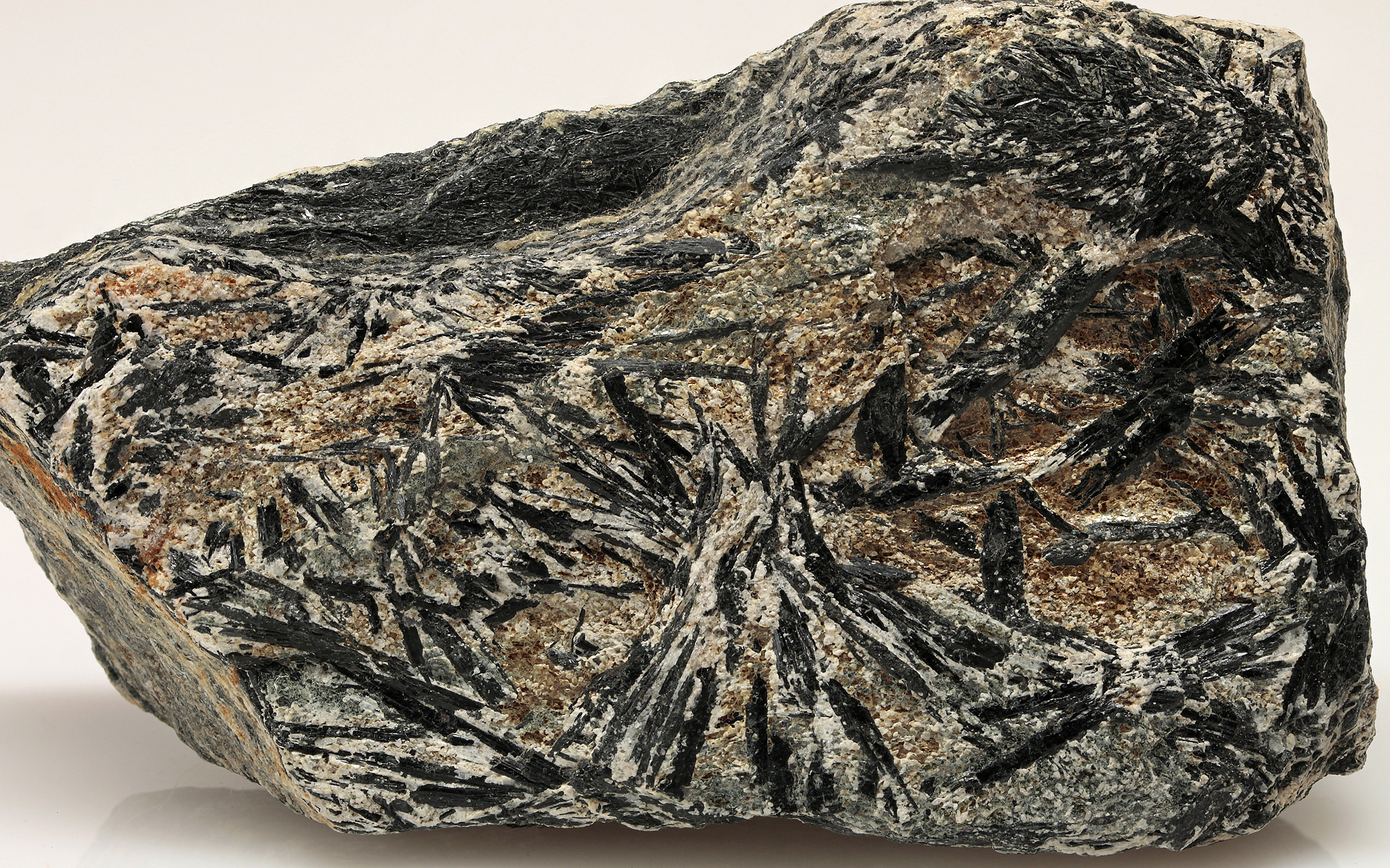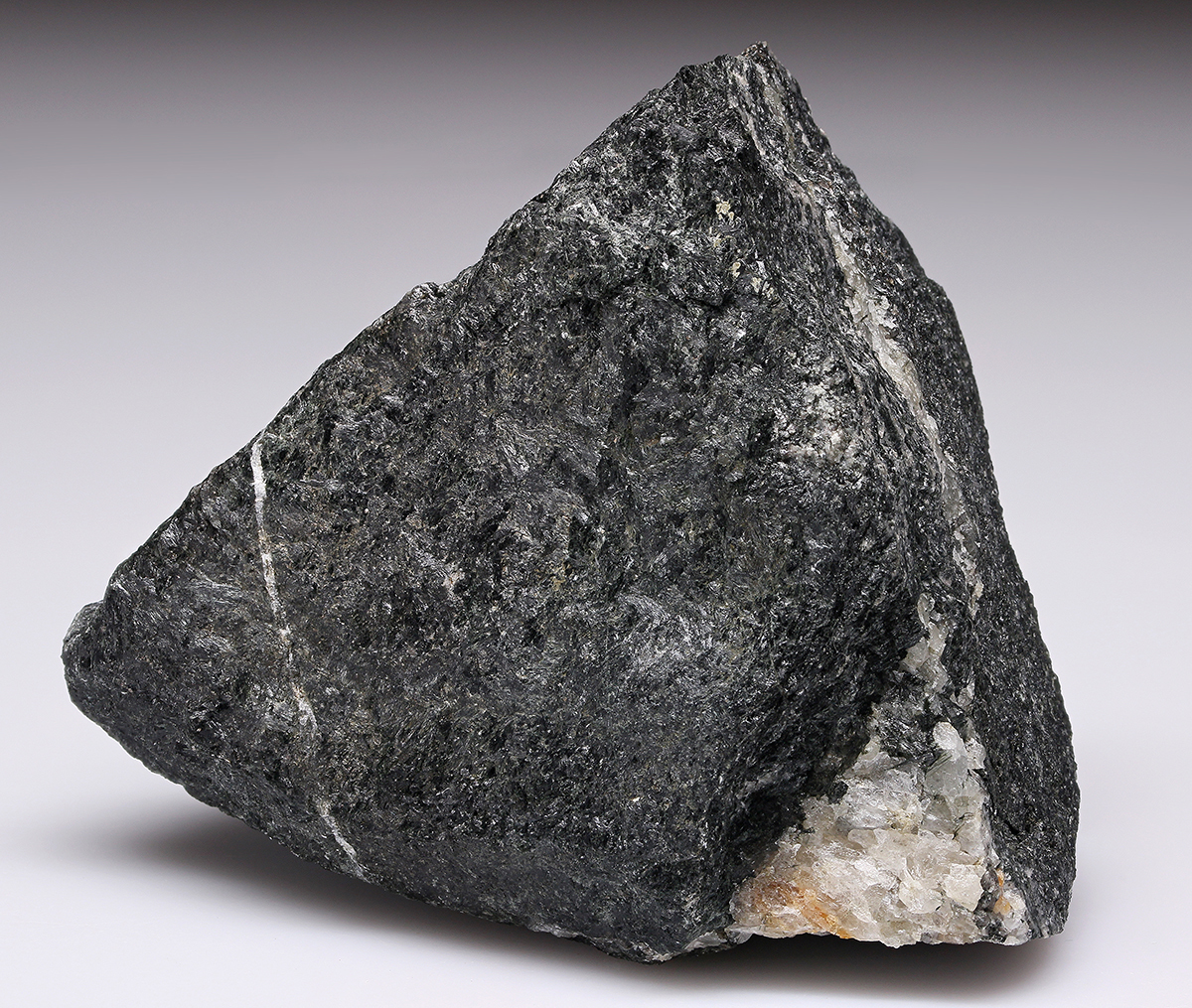Home PageAbout MindatThe Mindat ManualHistory of MindatCopyright StatusWho We AreContact UsAdvertise on Mindat
Donate to MindatCorporate SponsorshipSponsor a PageSponsored PagesMindat AdvertisersAdvertise on Mindat
Learning CenterWhat is a mineral?The most common minerals on earthInformation for EducatorsMindat ArticlesThe ElementsThe Rock H. Currier Digital LibraryGeologic Time
Minerals by PropertiesMinerals by ChemistryAdvanced Locality SearchRandom MineralRandom LocalitySearch by minIDLocalities Near MeSearch ArticlesSearch GlossaryMore Search Options
The Mindat ManualAdd a New PhotoRate PhotosLocality Edit ReportCoordinate Completion ReportAdd Glossary Item
Mining CompaniesStatisticsUsersMineral MuseumsClubs & OrganizationsMineral Shows & EventsThe Mindat DirectoryDevice SettingsThe Mineral Quiz
Photo SearchPhoto GalleriesSearch by ColorNew Photos TodayNew Photos YesterdayMembers' Photo GalleriesPast Photo of the Day GalleryPhotography
╳Discussions
💬 Home🔎 Search📅 LatestGroups
EducationOpen discussion area.Fakes & FraudsOpen discussion area.Field CollectingOpen discussion area.FossilsOpen discussion area.Gems and GemologyOpen discussion area.GeneralOpen discussion area.How to ContributeOpen discussion area.Identity HelpOpen discussion area.Improving Mindat.orgOpen discussion area.LocalitiesOpen discussion area.Lost and Stolen SpecimensOpen discussion area.MarketplaceOpen discussion area.MeteoritesOpen discussion area.Mindat ProductsOpen discussion area.Mineral ExchangesOpen discussion area.Mineral PhotographyOpen discussion area.Mineral ShowsOpen discussion area.Mineralogical ClassificationOpen discussion area.Mineralogy CourseOpen discussion area.MineralsOpen discussion area.Minerals and MuseumsOpen discussion area.PhotosOpen discussion area.Techniques for CollectorsOpen discussion area.The Rock H. Currier Digital LibraryOpen discussion area.UV MineralsOpen discussion area.Recent Images in Discussions
Identity HelpActinolite?

11th Jan 2020 17:35 UTCBrian Fussell




11th Jan 2020 18:37 UTCNoah L.
I'd say amphibolite or gneiss. So the black one is most likely a mineral from the group of amphiboles.
11th Jan 2020 19:34 UTCFrank K. Mazdab 🌟 Manager
Determining what species of amphibole is more challenging and as is being discussed in another thread, may not be easy to determine by home testing without additional chemical analysis.
But as a rule of thumb, as the rock increases in metamorphic grade, amphiboles tend to contain more Al. So among rocks with also a decent amount of calcium (if much of your pale mineral is plagioclase), then actinolite (with no Al) might be present in fairly low grade rocks, one of the lower-to-intermediate-Al "hornblendes" is most likely in medium grade rocks (something like "hornblende" (sensu lato) or maybe one of the pargasite or edenite varieties), and in the highest grade grade rocks, then sometimes accompanied by diopside, one of the pargasite or tschermakite (with quite a bit of Al) varieties may be present.
Amphiboles are quite diverse and occur in a variety of metamorphic rocks (and of course igneous and sedimentary rocks too), so there are roughly parallel trends for other starting bulk rock compositions (e.g. rocks without a lot of Ca might make a suite of Mg-rich amphiboles; higher pressure rocks might make a suite with more Na present, rocks rich in Mn may show simillar sequences but with Mn as the dominant M2+ cation, and so on). One of my favorite mineral groups... too bad the IMA keeps making them more difficult than they have to be... grrr... lol.

13th Jan 2020 04:41 UTCBrian Fussell
13th Jan 2020 05:15 UTCFrank K. Mazdab 🌟 Manager

13th Jan 2020 15:37 UTCBrian Fussell
13th Jan 2020 18:09 UTCFrank K. Mazdab 🌟 Manager
13th Jan 2020 20:00 UTCHarold Moritz 🌟 Expert
14th Jan 2020 00:35 UTCFrank K. Mazdab 🌟 Manager
agree that the protolith for this rock was almost certainly not a basalt, and similarly agree that names for metamorphic rocks that emphasize observational features like combined mineralogy and texture (like hornblende schist or hornblende gneiss) are much more useful than names that rely on presumed interpretational features.
But by that same token, your interpretational definition of amphibolite is much too narrow. Amphibolites need not have started their lives as basalts; even from among igneous rocks, a variety of bulk compositions, including more quartz-rich compositions like quartz diorite or quartz monzodiorite have appropriate chemistries to become metamorphic amphibolite under the right P-T conditions; at the other end of the spectrum, the suspected protolith for some of the Madagascar amphibolite-hosted rubies is gabbroic anorthosite and so quite feldspar-rich. And even in the case of basalt, while a fresh basalt wouldn't normally have much quartz, an altered basalt can have quite a bit as a consequence of silica-releasing hydration reactions. All of these rocks too can become amphibolites on metamorphism. And additionally, some amphibolites started their lives as graywackes or volcaniclastic rocks, and it's even possible to make an amphibolite from entirely sedimentary rocks, for example in the thin fluid-assisted metasomatic reaction zone between a carbonate unit and a pelite. From just a hand sample, a rock from such an occurrence may not be easily distinguishable from one derived from an igneous protolith, without knowing the field relationships and having additional petrographic information.
Lastly, unrelated to petrogenesis, it's not unequivocal what the two dominant non-amphibole minerals actually are in Brian's photos. Very likely one is plagioclase, but the other might not be quartz. While it does look there's quartz in this rock, photos alone are not always definitive.

14th Jan 2020 18:09 UTCBrian Fussell

15th Jan 2020 21:48 UTCPaul Brandes 🌟 Manager
16th Jan 2020 20:58 UTCHarold Moritz 🌟 Expert
I know that there are plenty of other ways to make amphibolite, but regardless, it needs to be overwhelmingly composed of amphibole. Based on mapping of metamorphic rocks in Connecticut (around here, they are all interpreted as metavolcanic), above is a "hornblende gneiss", split along the layering so it looks like there is much more amphibole in it. As far as other grains, as I've mentioned in other threads, a thin-section is really the best way to tell, especially when fine-grained. Such work on the rocks depicted here (by others) says plagioclase and minor quartz. Notice how it is easier to see the amphibole grains on the weathered surfaces than a freshly broken one, due to differential weathering of the various grains. Folks bring weathered ones like Brian's a lot to mineral club meetings for ID, but not broken ones!
Below is an amphibolite:
Mindat.org is an outreach project of the Hudson Institute of Mineralogy, a 501(c)(3) not-for-profit organization.
Copyright © mindat.org and the Hudson Institute of Mineralogy 1993-2024, except where stated. Most political location boundaries are © OpenStreetMap contributors. Mindat.org relies on the contributions of thousands of members and supporters. Founded in 2000 by Jolyon Ralph.
Privacy Policy - Terms & Conditions - Contact Us / DMCA issues - Report a bug/vulnerability Current server date and time: April 25, 2024 10:35:20
Copyright © mindat.org and the Hudson Institute of Mineralogy 1993-2024, except where stated. Most political location boundaries are © OpenStreetMap contributors. Mindat.org relies on the contributions of thousands of members and supporters. Founded in 2000 by Jolyon Ralph.
Privacy Policy - Terms & Conditions - Contact Us / DMCA issues - Report a bug/vulnerability Current server date and time: April 25, 2024 10:35:20
























Coe's Mine, Litchfield, Litchfield County, Connecticut, USA